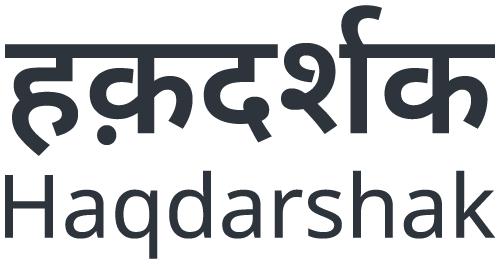e-Shram: The Way Forward

By Piyusha V
01/ Introduction
In response to the mass migration of workers, triggered by the announcement of the first COVID-19 lockdown, in August 2021, the government launched the e-Shram portal.
It is designed to gather data on workers’ occupations, earnings, household details, qualifications, and other relevant information, to simplify access to social protection benefits. While at the time of launch, the long-term benefits of registration were largely unclear, registered workers were eligible for the PM Suraksha Yojana (accident insurance) for free for up to a year.
The portal’s services received an upgrade as recently as April 2023. This blog explores the recent developments in e-Shram services, the estimated extent of e-Shram penetration across sectors, and the role of intermediaries like Haqdarshak in making its benefits functional.
02/ Recent Developments in e-Shram Services
Through the recent upgrades to the portal, the scope of the National Database of Unorganised Workers built through e-Shram registrations, to enable social welfare delivery, has become clearer.
— The e-Shram database is now being put to use to ensure food security. In April 2023, the Supreme Court directed all states to link registered e-Shram workers with ration cards.
— The union government has also announced benefits in the form of schemes for women and children to include the family members of registered migrant workers as potential beneficiaries.
— Linkage with the National Career Services Portal will now allow registered workers to explore employment and skilling opportunities.
These developments will undoubtedly create an increase in demand for e-Shram services, among both existing card holders and those yet to/encouraged to register.
03/ Existing Gaps in e-Shram Implementation
The e-Shram portal showed nearly 290 million registered workers as of September 2023. This is nearly 70% of India’s 400 million-strong informal workforce, but more than 100 million workers remain unregistered. Registrations peaked around January 2022, but have since reduced to a few lakh registrations every quarter.

Source: e-Shram Dashboard
Findings from the recent Social Protection Landscape for Informal Workers in India report by KOIS and Haqdarshak shows that within the category of essential and occupation-related documents, e-Shram was among the top 5 least possessed documents, with 57% of respondents being unregistered.
Findings from KOIS’ primary study to understand social security coverage among informal workers reveal that e-Shram was among the 5 least possessed documents (essential and occupation-related) among respondents, with 57% (out of 125 respondents) of them unregistered. Respondents were limited to artisans, construction workers, street vendors, beauticians, aspirational youth, and e-rickshaw drivers.
04/ Disproportionate Penetration
KOIS’ findings also mirror the disproportionate penetration of the card among population groups as seen in the dashboard statistics. 78% of artisans, and at least 60% of self-employed respondents did not own an e-Shram card.
Similarly, on the e-Shram dashboard, the occupational groups with low registrations are artists (with 30%), self-employed workers (30%), and street vendors (12.5%).
Meanwhile, the occupations with the highest rates of registrations include domestic workers (with 67%) and agricultural workers (57%).
The table below shows the extent of e-Shram penetration in some selected sectors:
[table id=4 /]
The estimated population of most of these cohorts varies from source to source, with significant differences between the official and unofficial sources. Moreover, the extent of overlap of populations between 2 or more occupations needs to be documented. These variations underscore the need for a comprehensive workers’ database.
05/ Inadequate Information and Prevalence of Misinformation
A lack of clarity, regarding the application process or benefits, or both, has also deterred citizens from registering.
In 2021 and 2022, Haqdarshak included e-Shram-based questions in some of its primary studies. Based on responses collected from 269 domestic and gig workers, 36 of the 151 respondents who were aware of the e-Shram card did not apply. Of the 36, 47% did not apply because they were unaware of how to register, or whom to approach to do so. 28% of our registered respondents also shared that they had little to no idea about the next steps to avail card’s benefits.
As highlighted in the KOIS report, our field teams identified multiple cases where incorrect information impacted how the details workers shared. For example, there was a false expectation that upon enrolling in the e-Shram card, workers would receive INR 1000 in their bank accounts. This led to workers linking the card to a family member’s or a friend’s bank account, instead of their own dormant, or non-existent, account. Now that the portal has announced new benefits, many registered users will need to update their bank account details on the portal.
The awareness about recent developments in e-Shram has started trickling down among citizens. However, they continue to struggle to avail maximum benefits entitled under the card.
—Nitish, Haqdarshak field team member from Punjab.
06/ Role of Intermediary Intervention in Maximizing Benefits
In addition to increasing awareness about the benefits and recent developments in e-Shram, Haqdarshak foresees the need to enable access to the following services in the coming months. These needs also address some of the common challenges faced by citizens.
— Haqdarshak’s study on e-Shram shows that 74.8% (86 of 115) of those who registered for e-Shram opted to take external assistance from a Common Service Centre (CSC), Community Resource Person (CRP), friend, or family member. Some citizens mentioned the long distance of CSC from their homes as a deterrent. Door-to-door services or camps in the village can ease the registration process for those who would prefer guidance on the process.
— Updating details on the e-Shram portal requires user verification, usually through an OTP. Users who are struggling to receive OTPs on their Aadhar-linked numbers will require a biometric machine for verification, which will be provided by an HD.
— Many registered users will need to update their details to avail of the new benefits; for example, users who registered pre-April 2023 will now need to update nominee details on the portal to avail of the PM Suraksha Yojana. Our field team members have supported several citizens in updating the mobile numbers for registered e-Shram card holders.
Intervention from intermediaries, such as Haqdarshak, can minimize these gaps in service delivery and maximize the benefits citizens avail from social protection schemes.



